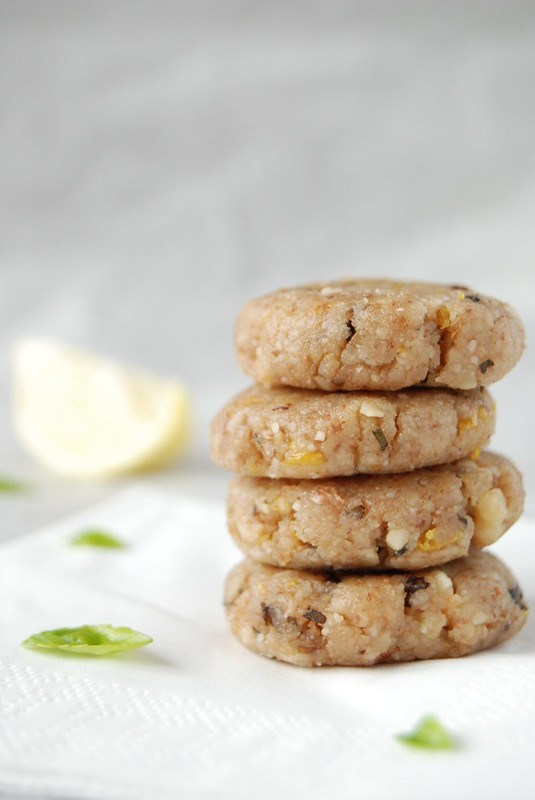25+ Ways to Use Sauerkraut

Sauerkraut seems to be all the rage in healthy food circles recently. Fermented sauerkraut is full of probiotic and other benefits, as opposed to the canned vinegar variety which might taste alright but does not have the same health impact.
It’s easy to get excited about eating sauerkraut, but then when sometimes I’m at loss as to what to actually do with it. Just put in on the table in a dish for a condiment?
Yes, you can do that, but there are so many more options! Below are over 25 ideas and recipes for using sauerkraut. Some of the recipes may need some adjusting to fit your idea of healthy. Click to continue reading









